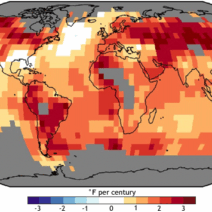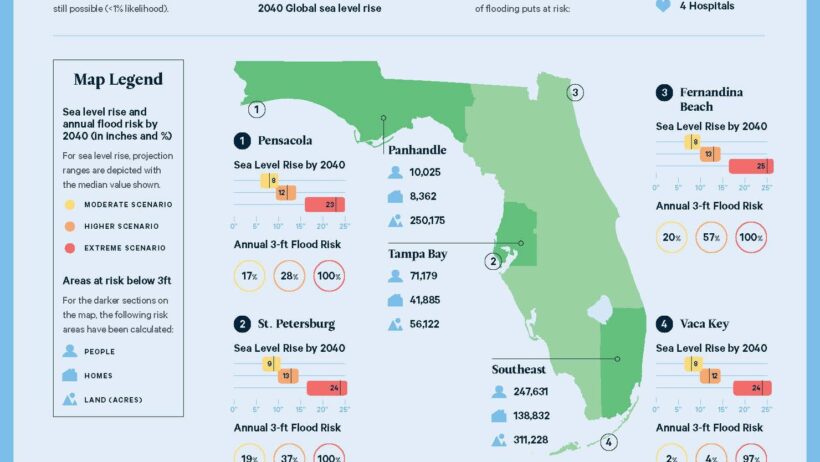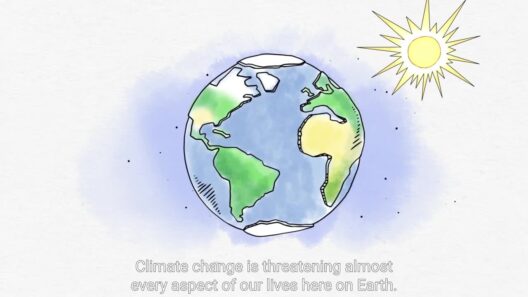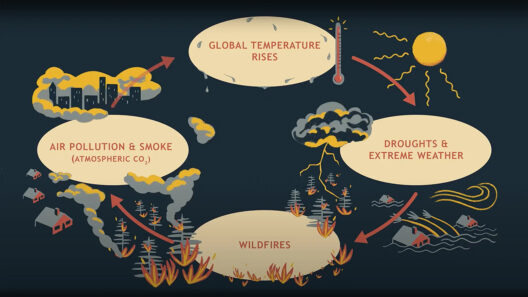Florida, a peninsular marvel nestled between the Gulf of Mexico and the Atlantic Ocean, possesses a climate that has long intrigued climatologists, residents, and tourists alike. A superficial glance at its weather patterns suggests a tropical climate dominated by warm temperatures and lush vegetation. Yet, the reality is more nuanced, presenting a fascinating contradiction that invites discussion and deeper understanding. The question arises: Is Florida’s climate truly tropical? To dissect this query, it is imperative to explore the state’s climatic zones, seasonal variations, and the overarching influences that shape its atmospheric identity.
At the outset, one must acknowledge that Florida encompasses a diverse range of climatic conditions, which are determined not solely by latitude but also by a plethora of geographical factors. The Köppen climate classification system, a widely recognized methodology for categorizing world climates, labels Florida as predominantly humid subtropical (Cfa) with pockets of tropical savanna (Aw) in its southernmost regions. For the uninitiated, this distinction is essential. The humid subtropical classification lies south of the temperate zone but lacks the year-round tropical characteristics that many associate with places like the Caribbean or Southeast Asia. The designation arises poignantly from Florida’s markedly distinct wet and dry seasons, which diverge from the typical perceptions of a uniform tropical climate.
One cannot delve into Florida’s climatic patterns without considering its seasonal fluctuations. Winters are generally mild, with average temperatures ranging from 60°F to 70°F, making it a haven for those seeking refuge from the northern cold. However, the essence of the tropical experience is absent during this season, as many flora and fauna retreat into dormancy rather than thrive unceasingly. In contrast, summers transform the landscape into a humid oven, with sweltering temperatures often surpassing 90°F and an accompanying discomfort that can be attributed to high humidity levels. This seasonal variation effectively disrupts the stereotypical image of a perpetually warm tropical paradise, which is marked by consistently balmy climates.
The ecological tapestry of Florida is multifaceted, boasting an assortment of ecosystems from subtropical forests to wetlands. The Everglades, a UNESCO World Heritage Site, stands as a testament to Florida’s unique ecological significance. This sprawling subtropical wilderness experiences a distinct wet season that is critical for preserving the delicate balance of its biodiversity. During the summer months, torrential downpours replenish the region, fueling the growth of native vegetation and nurturing the myriad species that inhabit this rich ecosystem. Conversely, the dry season manifests a marked reduction in water levels, drastically altering the landscape and challenging the organisms that depend on this vital resource.
Tropicality, often defined by the omnipresence of warm weather and abundant rainfall, lacks comprehensive representation in Florida’s climate. While the southernmost reaches of the state—such as Key West—exhibit traits characteristic of tropical climates, with balmy winters and vibrant flora, this is not universal across the entire peninsula. Northern Florida experiences a more pronounced temperate influence, leading to cold snaps that can leave frost on the ground. This variance in climatic conditions leads one to ponder how the interplay of geography, ocean currents, and atmospheric patterns informs Floridian weather.
The surrounding bodies of water play a pivotal role in shaping Florida’s climate. The Gulf of Mexico contributes warm currents that moderate temperatures and create a humid environment. Yet, the influence of these waters can be both a blessing and a curse. The proximity to the warm gulf waters heightens the risk of hurricanes, particularly during the Atlantic hurricane season, which runs from June to November. These storms illustrate how Florida’s climatic characteristics extend beyond mere temperature and precipitation, encompassing patterns of extreme weather that can ravage the landscape and communities. The resilience demonstrated by both nature and human habitation in the aftermath of such occurrences speaks profoundly to the dynamic complexity of life in Florida.
In contemplating the question of whether Florida is tropical, it becomes evident that the answer is not absolute; rather, it exists in shades of grey. While some regions may oscillate closer to tropical characteristics, others reflect traits of humid subtropical zones. Moreover, the climatic identity of Florida is not static; it is ever-evolving, influenced by broader environmental changes. Climate change, resulting from human-induced global warming, has begun to alter precipitation patterns and intensify storm frequency and severity. This evolution raises questions about Florida’s climatic future: will areas traditionally classified as humid subtropical transition to tropical zones as global temperatures rise? Such considerations are integral in understanding not only Florida’s climate but also its ecological precariousness.
Moreover, understanding Florida’s climate invites a broader reflection on societal implications. The state’s climate—regardless of its classification—influences various sectors, including agriculture, tourism, and conservation efforts. Farmers navigating the agricultural landscape must adapt to shifting climatic conditions, while the tourism industry capitalizes on Florida’s sunny reputation, drawing millions seeking tranquility amidst its beaches. Furthermore, conservationists grapple with the dual challenge of protecting unique ecosystems while adapting to ecological shifts wrought by climate change.
Thus, one is compelled to recognize that Florida’s climatic classification is layered and multifaceted. To understand its identity is to appreciate a complexity that transcends simple labels. In a world increasingly marred by climatic upheavals, more than ever, there is a critical need to engage in discussions about the significance and implications of Florida’s climate. The quest to classify Florida’s climate is emblematic of a deeper dialogue about our relationship with the environment—a dialogue that requires both reflection and action as we navigate the uncertain future that lies ahead.







